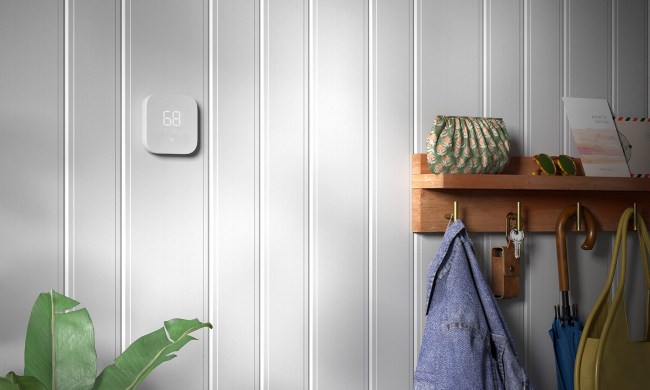Like vacuuming your home, mopping is a task that you can automate to free up time. Smart mops are becoming more readily available (along with combination robot cleaners) from some of the same biggest names in the business. There are some things for you to know about running your smart robot mop in your home.
When you first buy your smart mop, you’ll probably want to run it all the time to clean any and all messes. Unfortunately, they aren’t made for that. Smart robot mops are made to clean up slight dust and dirt as well as spills that aren’t super tough. You will still have to manually mop up some messes if they become caked over or combined with other debris.

The best way to use a robot mop
It’s recommended to use new and clean water each (or every other) time it runs, so keep that in mind when using it. As far as general mopping goes, it’s best to put your appliance on a schedule. A weekly or biweekly schedule is most recommended and will make sure you aren’t burning out your smart mop early. They will need to be maintained and replaced eventually, but most robot mops can be expected to last between four and six years with proper maintenance.
Some robot mop models have different cleaning types, such as wet, damp, and dry. If you do a dry or damp mop between a full wet mop run, you can do full-on wet mop cycles less often. Though if you have pets or kids, you may need to mop more often. Also, some robot mops have spot cleaning, so you don’t have to clean your whole house if there’s only one dirty area.
With smart mops (and vacuums), you will need to periodically keep an eye on them to make sure they are running well. Most robot appliances like these are rated to last a few years, but if you find they aren’t cleaning as they once were, it may be time to replace parts or the entire device. Other than that, all you’ll have to replace is the scrubbing pad on the underside of the mop every few runs.
An easy way to keep costs down is to invest in reusable cleaning pads. The Braava Jet from iRobot has swappable pads that can be throw in the washing machine for cleaning. You should also make sure to clean the area around your robot mop — if its base station is dirty, it can drag dirt and dust around your floor before it even begins cleaning.
If you have a two-in-one cleaning device like the new Roborock S7 MaxV Ultra, it can actually clean the mopping components after it finishes a run and store the dirty water in a special reservoir in the base station.

Is it bad to mop every day?
Technically, it’s not harmful to mop your floors every day. Most finished flooring is coated to protect against water damage, especially if it’s not standing water. However, wet mopping daily isn’t necessary, whereas dry mopping is more natural. Depending on your type of floor and traffic levels, on average, full wet mopping can be reserved to being needed weekly to monthly.
Bear in mind that robot mops aren’t meant for intensive cleaning or sanitizing. While a robot mop can keep your floor cleaner, if you need to disinfect the surface, it’s better to use a traditional mop.
Should you mop your house every day?
You shouldn’t need to mop your floors every day fully. Definitely spot-clean a section that may be dirty or have a spill. You can wet-mop a floor once or twice a week depending on traffic.
Does mopping actually clean?
Yes, mopping actually cleans your floor if you take care of it. However, this only happens if you tend to your mop after you use it and make sure to rinse and dry it. Also, replace the mopping pads as needed.
Can you mop a floor too much?
With the correct type of flooring and the proper techniques, you most likely won’t damage your floor by mopping it too much. However, if your flooring is unsealed or you’re soaking your floors without drying them quickly, then you can damage your floors. Proper cleaning is where robot mops come in with scheduling and not overusing materials.
If you’re someone with a combination robot vacuum and mop, or you just have a robot vacuum, you can schedule it to make sure all of your floors are clean almost all of the time.



